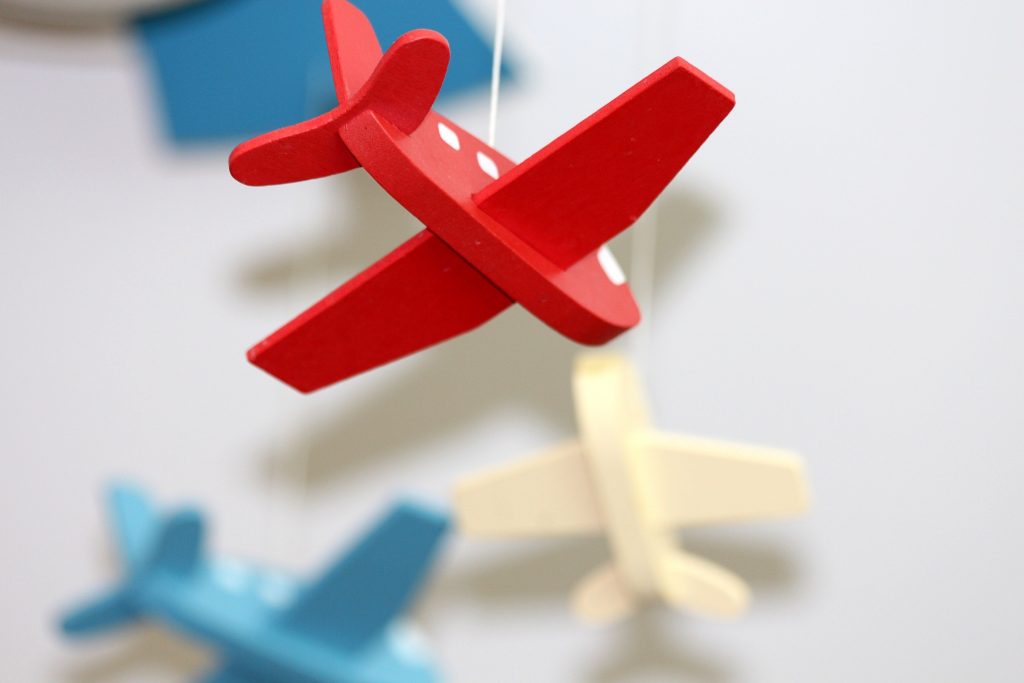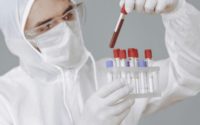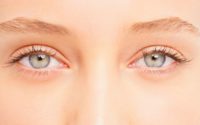Touch Screen, Folding Table and 8 More Dirty Things on Airplanes That you Better Not Touch
According to a study by American microbiologists, the dirtiest places on the plane were no toilets at all, as many might have thought, but completely different objects, on the surface of which there were several times more bacteria than on the rim of the toilet bowl (among almost three thousand microbes, for example, were found Serratia Plymuthica, causing damage to the respiratory tract, E. coli, Klebsiella, provoking the appearance of pneumonia, damage to the mucous membranes and others). So how do you protect yourself from harmful substances and not pick up any “muck” during the flight?

A few days ago, Cathay Pacific stewardess Derry Lin warned passengers against drinking water, tea, and coffee onboard. She said that the quality of water (and hot drinks, respectively) leaves much to be desired because the tank from which it comes from is rarely cleaned. Avoid drinking tea or coffee during the flight and ask the cabin crew for bottled water. And you’d better drink hot drinks when you get to your destination.
Salon door
Bacteria harmful to the respiratory tract, Escherichia coli, microbes that cause pneumonia and damage to the mucous membranes, which can lead, for example, to conjunctivitis, as well as other harmful microorganisms unsafe for your health, of three thousand different species, were found on the surface of the door leading to a salon. Therefore, try not to touch it again, and even better – stock up on antibacterial wipes and a special gel to reduce the risk of possible infection.
Pocket on the back of the seat
One of the dirtiest places in the cabin is with certainty the pocket located at the bottom of the back of the airplane seat. And all because besides magazines and safety instructions, you can find various rubbish and trash left by passengers (products, used handkerchiefs and even diapers). People who are responsible for the cleanliness of aircraft do not prioritize the thorough cleaning of this particular “hotbed of microbes”, so the risk of catching any infection (including stomach cramps, vomiting, and diarrhea) is very high. Try to exclude contact with this subject and be sure to wipe your hands with antibacterial wipes before performing any manipulations (for example, touch your face, scratch your nose or eyes, start a meal, and so on).
Folding table
Another record holder for the number of harmful substances was a folding table, on the surface of which the degree of bacterial contamination of the medium exceeds 11 thousand units. The stewardess Jamilya Hardwick admitted to Daily Express reporters that employees often simply do not have enough time to wipe each table, so when you come in contact with this item, you can easily catch any infection. To protect yourself, wipe the surface of the table with antibacterial wipes before and after use, and do not put unpacked products on it. Compliance with basic safety measures will help you to feel good and will not spoil your flight experience.
Headrests
Surprisingly, it was here that the most harmful substances were discovered, many of which belonged to the family of so-called enterobacteria, which are located, in particular, in the intestines of humans and animals. In order not to pick up Escherichia coli and not get infected with other germs, carry a special pillow (or tissue) that can be put under your head during the flight – both conveniently and safely.
Seat belts
Safety belts, or rather a buckle, are also “stuffed” with a variety of microbes, which, alas, is impossible to avoid collisions (after all, anyway, but safety during the flight is much more important than the fear of touching this item). But try not to touch the belt again (fasten yourself at the very beginning of the journey and, if possible, stay in that position until the plane lands) and do not forget to wipe your hands with antibacterial wipes or use a special gel to minimize the risk of catching the flu, SARS, E. coli and other unpleasant diseases.
Airplane seat
The surface of the chair itself was not as clean as many people used to think. Even though they try to regularly wipe them, no more than 15 minutes are allotted for cleaning between flights, which are not enough to achieve perfect cleanliness. Accordingly, no one can guarantee you that there are no bacteria and germs on the seat that negatively affect your well-being. Therefore, do not be surprised if, after the flight, you suddenly feel unwell – it’s all about ignoring the basic rules of hygiene, which many forget. So, for example, before you sit in a chair, you can wipe it with antibacterial wipes and immediately grind your clothes upon arrival. Such precautions will not be superfluous.
Touch screen
Many planes are trying to create comfort for passengers, including by allowing them to pass the time by watching their favorite movie or listening to music. All you need to do is touch the touch screen, press a few buttons and enjoy the flight. Most passengers do so without thinking that a variety of bacteria and germs can be found on the surface of this item. You don’t know how many people poked the screen before you? Therefore, do not forget about the rules of hygiene and wipe the screen (and hands) with antibacterial wipes.
Blankets and pillows
These items, according to all the same employees of the airline, also can not be called perfectly clean. Because pillows, for example, never wash, but only remove a pillowcase from them and clean only it, a large number of microbes accumulate in the filler. With plaids, things are not the best way. Therefore, before the flight, make sure that you have something in case you freeze, but do not use what the cabin crew will offer you.
Toilet roll holder and flush button
As a result of the study, more than 95,000 microbes were found on the water flush button, a little less on the toilet paper holder. These bacteria can serve as the development of serious infections, so it is better to use the toilet already at the destination (if possible) or be sure to treat your hands with a special gel after visiting this place.
How to protect yourself?
- stock up on plenty of antibacterial wipes and a special gel;
- try not to touch particularly dirty surfaces;
- refuse tea or coffee and ask for bottled water;
- take a shower at your destination and remember to clean the clothes you wear while traveling.
About the author:
Melisa Marzett is a freelance writer who is currently writing articles for do research papers. She enjoys nature and picnics let alone having some good read or watch a good movie. She is a healthy lifestyle enthusiast who cares about nature and all the living creatures and stand for using ecologically friendly stuff. She is an animal rights activist who helps homeless animals and animal shelters with whatever she can.



